What is NAT, How NAT Works, and Types of NAT

Explore Network Address Translation (NAT) in computer networking, its purpose, types, benefits, limitations, and real-world applications. Understand NAT's role in IPv4 and IPv6 networks.

Explore Network Address Translation (NAT) in computer networking, its purpose, types, benefits, limitations, and real-world applications. Understand NAT's role in IPv4 and IPv6 networks.
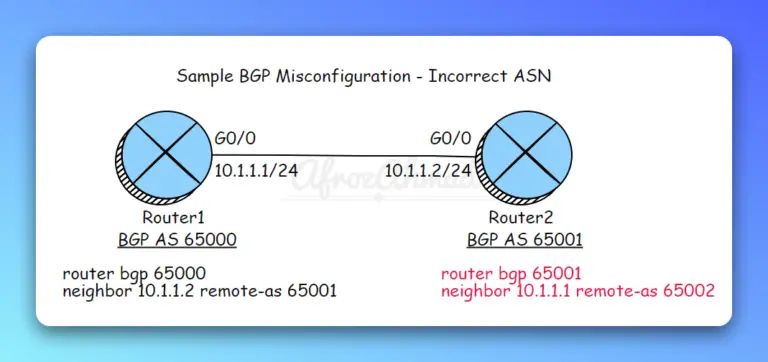
In this article, we'll go over 5 common BGP misconfigurations, exploring their impacts and addressing how to fix them.

In this article, we will discuss 14 BGP Security best practices. These best practices will help ensure that your network is protected from potential attacks and breaches.
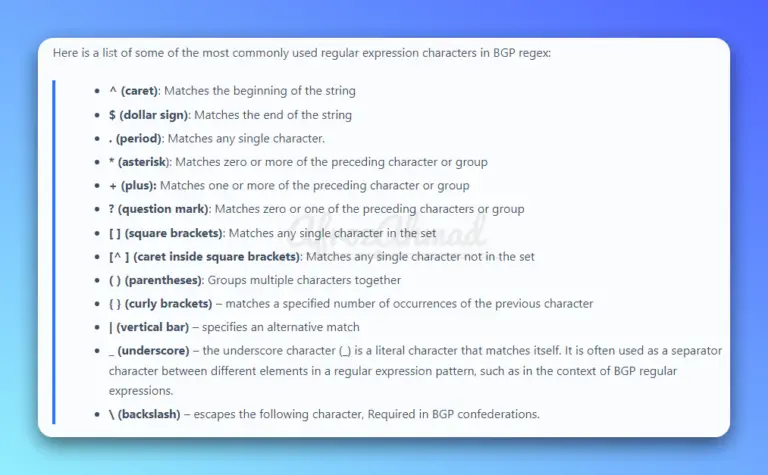
In this comprehensive guide, we will cover everything you need to know about BGP regular expressions, or "regex," and how to use them effectively in your network.
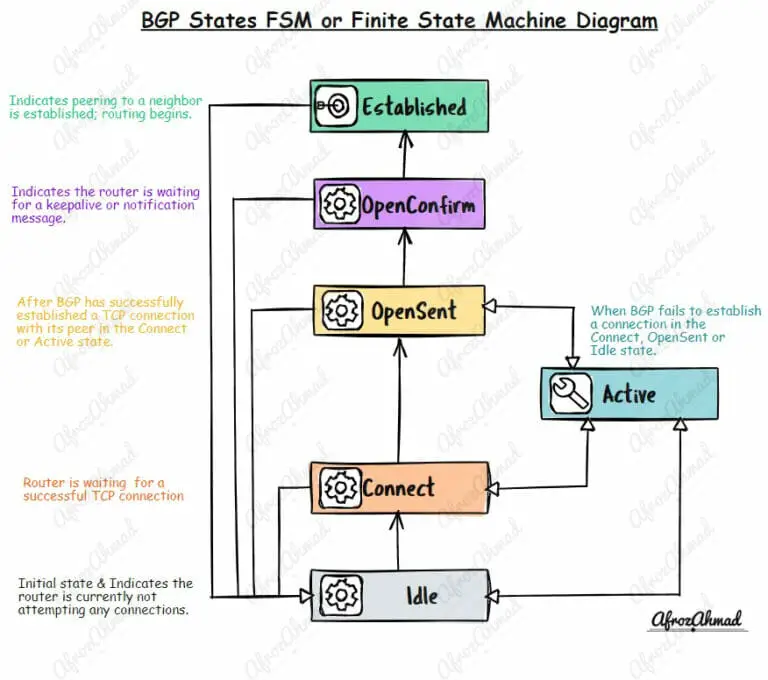
The goal of this article is to give you a full understanding of the six BGP states of a BGP session, which are idle, connect, active, OpenSent, OpenConfirm, and established, as well as how BGP moves between them.
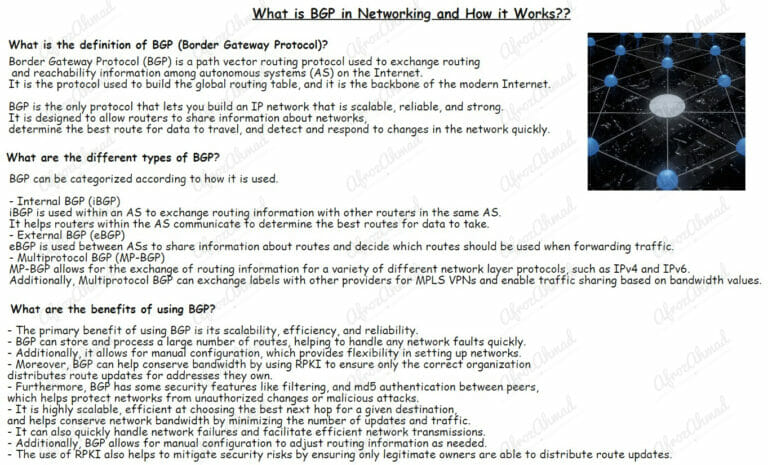
In this guide, you'll learn what is BGP in Networking, how it works, and some of its key features, benefits, challenges, and ways to learn BGP concepts faster.
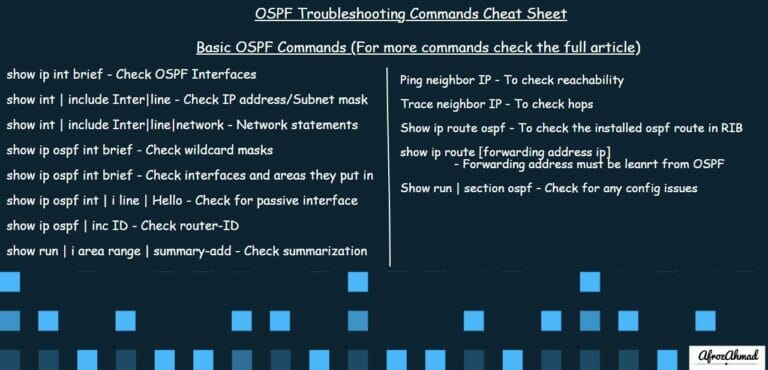
In this blog post, you will find a comprehensive list of OSPF troubleshooting commands network engineers can utilize in real-world scenarios.
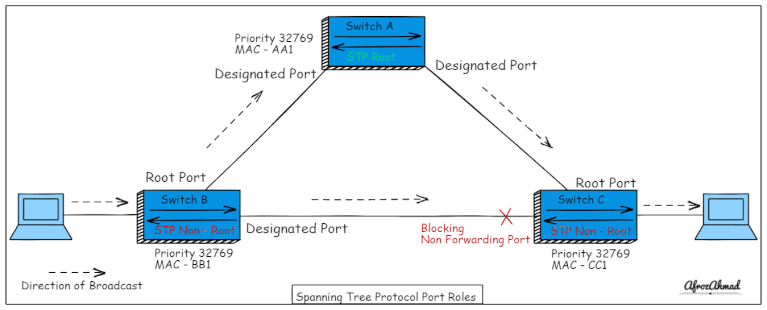
STP – Spanning Tree Protocol Explained in-depth A Spanning Tree Protocol or STP is a layer2 protocol used to prevent loops in a network by ensuring that a single path exists between any two nodes in the network. In this…
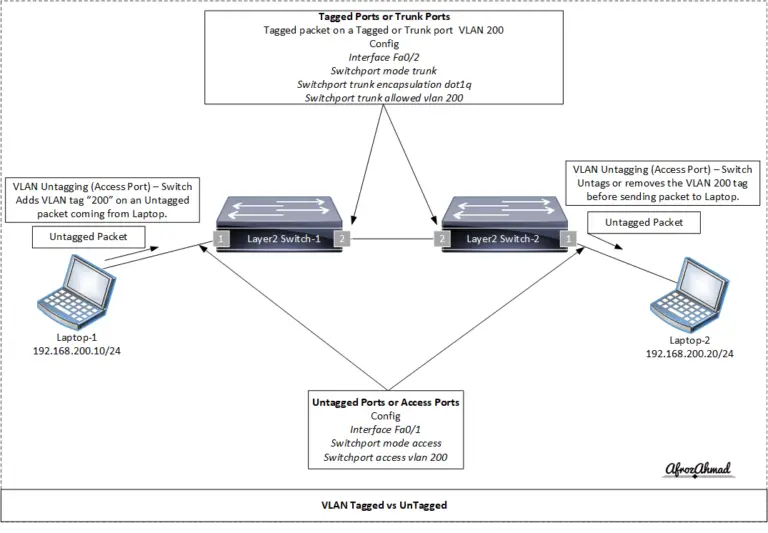
Explore the important disparities between VLAN Tagged and Untagged approaches. Enhance your understanding of network segmentation and traffic management.
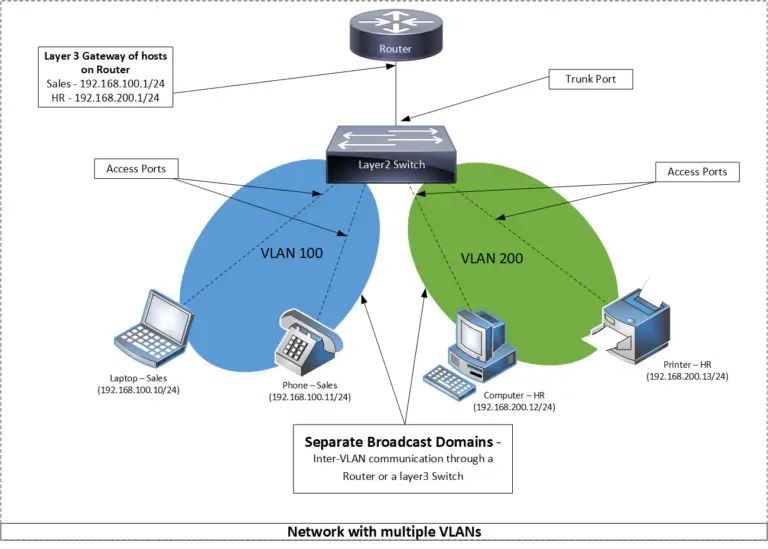
Understanding VLANs (Virtual Local Area Networks) and Private VLANs unlocks advanced network segmentation capabilities, enhancing security, manageability, and performance. In this article, we will discuss the nuts and bolts of VLANs and Private VLANs, their advantages, configuration steps, and how…